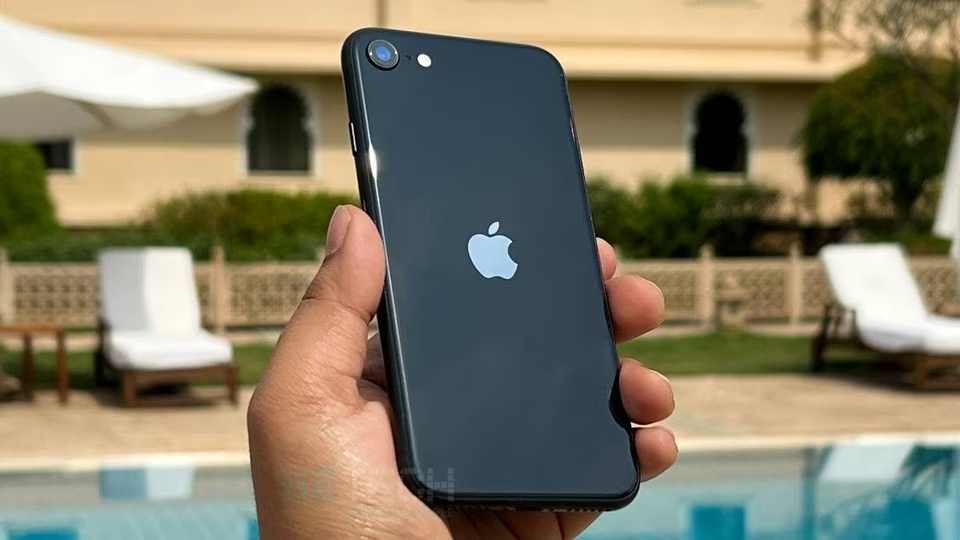In South Africa, Android smartphones still account for the great majority of smartphone users.
In November 2023, 83.11% of smartphones in the nation were running Google’s mobile operating system (OS), according to data compiled by GlobalStats StatCounter. That represents a marginal increase over the 82.43% share it held a year prior.
Apple’s iOS, the second most popular mobile operating system in South Africa, only had 16.59% of users. Its market share fell from 17.21% in November 2022 to a slightly lower amount.
According to the most recent data, there are almost five Android users in the nation for every iPhone user.
With only 0.3% of the market, the remaining operating systems are probably made up of outdated or seldom used software that is still running on the earliest hardware.
In South Africa, Android has long held the top spot in the market, but iOS has been gaining ground gradually lately.
When Windows Phone, KaiOS, Nokia’s Symbian, BlackBerry, and other smaller manufacturer-specific operating systems were in use, the market was formerly far more varied.
Nevertheless, as consumers persisted in favoring Apple and Google’s ecosystems, the other competitors dropped out one by one.
The StatCounter graph below illustrates how stable the market for smartphone operating systems in South Africa was from November 2022 to November 2023.
For a number of years, Apple had been gaining market share, so its most recent decline in adoption is significant.
This might be the result of Apple’s dearth of affordable smartphone options.
According to Nielsen’s 2019 The Price of Promoting report, culture is the second most sensitive to price globally. A good deal is adored by South Africans.
The State of the Retail Nation report that followed in 2022 produced the same outcome.
According to the survey, 44% of South Africans would forego purchasing particular products in order to lower the cost of their shopping basket, and half of the population would purchase any brand that was on sale.
Although the majority of Nielsen’s research was on necessities like groceries, households are probably even pickier about non-necessities like smartphones.
The Android ecosystem is a great resource for customers on a tight budget.
More Android smartphone options are available, with many priced significantly less than half of the most affordable new iPhone in South Africa.
The least expensive Apple smartphone currently offered in South Africa is the 2019 iPhone 11. At the time of publication, R9,499 was the lowest price we could find for this smartphone.
There are many much more recent, high-end midrange Android smartphones available in Google’s ecosystem that are priced similarly to the iPhone 11.
The Xiaomi Redmi Note 12 Pro, the Nothing Phone 1, and the Samsung Galaxy A54 are all excellent examples; at the time of publishing, their prices ranged from R7,999 to R9,499 respectively.
Since Apple had been increasing its market share for a number of years, its most recent decline in adoption is significant.
This might be because Apple doesn’t offer many options for budget smartphones.
Our society is the second most price-sensitive in the world, according to Nielsen’s 2019 The Price of Promoting report. People in South Africa adore a good deal.
The same outcome was found in its 2022 State of the Retail Nation report.
According to the survey, half of South Africans purchased the brand that was on sale, and 44% of them avoided purchasing particular goods in order to lower the total cost of their shopping basket.
Although the majority of Nielsen’s research was on necessities like groceries, households are probably even pickier about non-necessities like smartphones.
The Android ecosystem is a great resource for customers on a tight budget.
More Android smartphone options are available, with many priced significantly less than half of the most affordable new iPhone in South Africa.
The cheapest Apple smartphone available in South Africa right now is the 2019 iPhone 11. When this article was published, R9,499 was the best deal we could find on this smartphone.
There are many much more recent, high-end midrange Android smartphones available in Google’s ecosystem that are priced similarly to the iPhone 11.
The Xiaomi Redmi Note 12 Pro, the Nothing Phone 1, and the Samsung Galaxy A54 are all excellent examples; at the time of publishing, their prices ranged from R7,999 to R9,499 respectively.
Many excellent Android smartphones are available for less than R5,000, and some are even available for less than R3,000.
Recently, MyBroadband discovered 5G Android smartphones with starting prices as low as R2,199.
A few also refresh rates of 90 Hz, which is faster than the ones found on iPhone 15 models that aren’t Pro.
In addition to offering a sizable selection of budget and midrange models, leading Android manufacturers like Samsung, Huawei, and Xiaomi also price some of their flagship devices at comparable prices.
Good news for iPhone lovers on a tight budget: early in 2024, a new model of the iPhone SE is probably going to be released.
Expecting a low-cost new mid-range iPhone is unrealistic for buyers, given that the 2022 model’s minimum price was R10,999.
But the price of the new iPhone SE will probably drop in comparison to the older models that are still available or being sold used.



